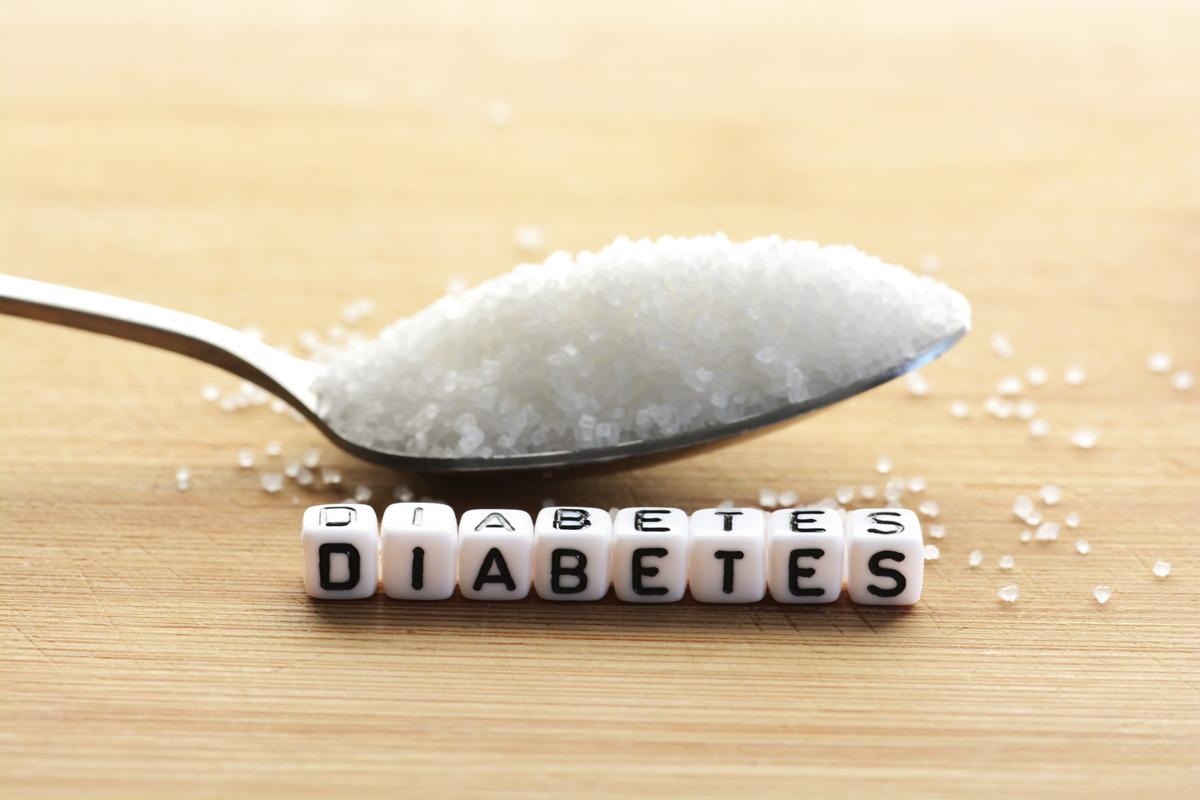 By Neha MathurReviewed by Danielle Ellis, B.Sc.Mar 15 2022
By Neha MathurReviewed by Danielle Ellis, B.Sc.Mar 15 2022In a recent study published in the Journal of Infection and Public Health, researchers reviewed the causes of diabetes mellitus (DM), focusing on respiratory viruses, including influenza virus and severe acute respiratory syndrome coronavirus 2 (SARS-CoV-2).
 Study: Burden and Disease Pathogenesis of Influenza and Other Respiratory Viruses in Diabetic Patients. Image Credit: Eviart/Shutterstock
Study: Burden and Disease Pathogenesis of Influenza and Other Respiratory Viruses in Diabetic Patients. Image Credit: Eviart/Shutterstock
Background
Type I (T1DM) and type II (T2DM) diabetes have become leading causes of death worldwide, and their incidences have steadily increased over the past three decades. Notably, there were 1.6 million DM-related deaths in 2016. The International Diabetic Federation (IDF) estimates the prevalence of DM in 578 million people by 2030; subsequently, DM patients might exceed 700 million by 2045.
T1DM usually appears in children below 14 years, representing only 5–10% of DM patients. On the other hand, T2DM occurs in middle-aged and older people, representing 90-95% of total DM patients. The underlying cause of DM is the damage of pancreatic β cells due to a cellular-mediated autoimmune response elicited due to genetic factors, bacterial and viral infections, chemical toxins in food, and other factors like pollution, obesity, and lack of exercise. Moreover, T1DM and T2DM patients suffer from insulin resistance (IR), resulting in impaired glucose uptake.
In the past, vaccinating DM patients against influenza, the most common respiratory infection, significantly reduced their hospitalization due to disease severity. Recent studies report exacerbated complications in DM patients due to viral vaccines. It has become imperative to elucidate mechanisms through which viruses mediate immune responses against pancreatic β cells to induce DM.
How do vaccines induce DM?
Adjuvants or viral vaccine enhancers are the key agents responsible for inducing autoimmunity via vaccination. They translocate to lymph nodes where antigen-presenting cells (APCs) recognize them to activate auto-reactive CD4+ or CD8+ T cells, a phenomenon termed bystander activation. Bystander activation of T cells results in interferon and cytokine secretion, destroying normal and viral infected cells resulting in autoimmunity.
In epitope mapping, viruses temper with the immune system to attack host cells, including pancreatic β cells, due to alterations in the epitope specificity. This uses autoantibodies against self-antigen produced by B cells that are activated by the presentation of self-antigens by APCs.
Prolonged exposure of adjuvants results in autoimmunity via molecular mimicry, in which viral antigens similar to self-antigens are presented by APCs to activate auto-reactive T-cells, which bind to both self and non-self-antigens, leading to the development of autoimmunity.
Lastly, adjuvants activate auto-reactive T lymphocytes by activating toll-like receptors (TLRs), macrophages, and dendritic cells and inducing cytokine release via a process termed polyclonal activation. However, further work is needed to explore the pathways by which lymphocytes develop cross-reactivity towards self-antigens.
Only a handful of studies have reported a positive connection between autoimmunity and vaccination in humans. Certain vaccines, such as the Measles, Mumps, and Rubella (MMR) vaccine, trigger the development of autoimmunity using the same mechanism which prevents infection. Likewise, vaccine adjuvants, such as aluminum hydroxide and phosphate, termed as autoimmune syndrome induced by adjuvants (ASIA), are specifically known to do so.
It has been proposed that an increased risk of developing T1DM when smallpox, Haemophilus influenza type b (Hib), and tuberculosis vaccines are administered after two months of birth. However, when vaccinated within two months after birth, they do not induce T1DM. Additionally, it has been shown how people genetically predisposed to develop autoimmunity are also prone to vaccine-induced autoimmunity.
Overall, although these studies showed that even when vaccines increase the risk of diabetes, considering that DM patients are more susceptible to respiratory infections and developing severe illness, it is perhaps a good idea to prioritize their vaccination regardless of age.
COVID-19 severity in DM patients
In a cohort study of coronavirus disease 2019 (COVID-19) patients, 40 had T1DM and 273 had T2DM. The findings showed that the odds ratio for disease severity and hospitalization were 3.35 and 3.90 for T1DM patients, respectively, and 3.42 and 3.36 for T2DM, respectively. Another study revealed that of 52 ICU COVID-19 patients, 32 non-survivors had T2DM. Overall, several studies have suggested an association between COVID-19 disease severity and DM condition; however, the disease pathogenesis is not well understood.
It was found that vaccine effectiveness in people with comorbidities, including DM, was slightly reduced. Their antibody response was slightly lower (87.1 ± 11.6) in healthy individuals and 79.7 ± 19.5 in DM patients. This indicated that the vaccines were effective in DM patients who could generate antibody titers similar to those produced by healthy individuals.
Conclusions
DM is one of the most severe health complications of the century, and in combination with other diseases, it becomes riskier and fatal. Therefore, it is essential to study the risk factors that induce autoimmune diabetes to develop better treatment and control measures.
Since recent studies strongly suggest that viruses play an essential role in developing DM, primarily T1DM in children, vaccination against viral infections is necessary, especially the influenza vaccine, for reducing disease burden and hospitalization among DM patients.
Vaccinated DM patients also develop optimal B-cell responses to COVID-19 vaccines, and the data evidence that proves viral vaccines, including COVID-19 vaccines, as a triggering factor of DM is inadequate. Therefore, study findings support COVID-19 vaccination for DM patients looking at its effectiveness in reducing health complications and fatality.